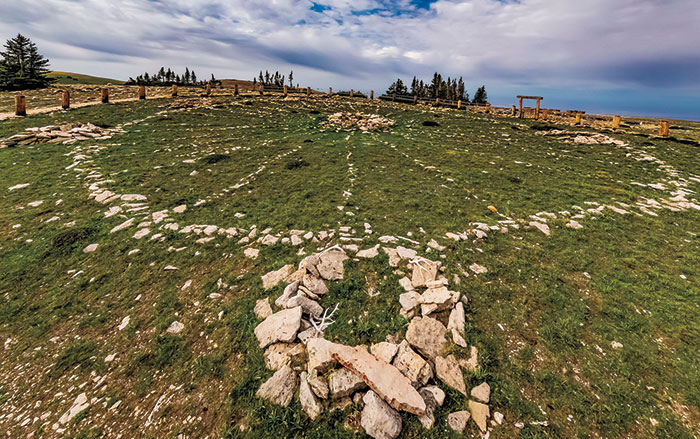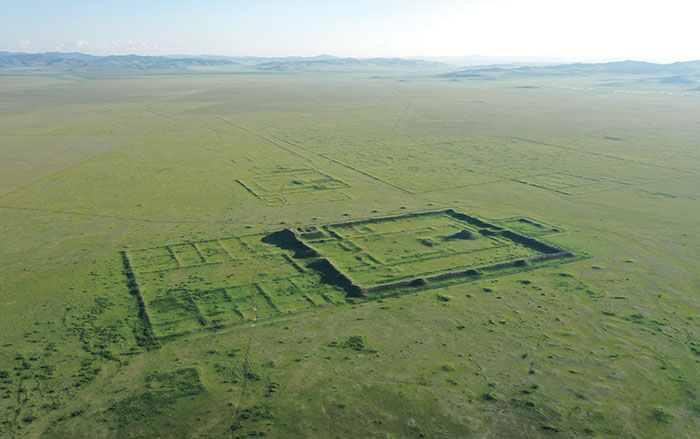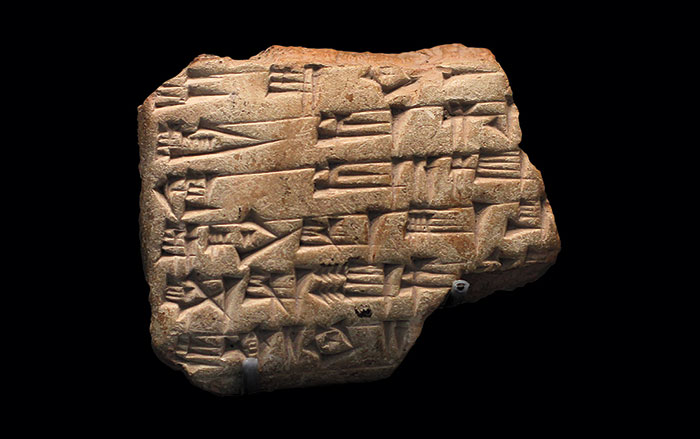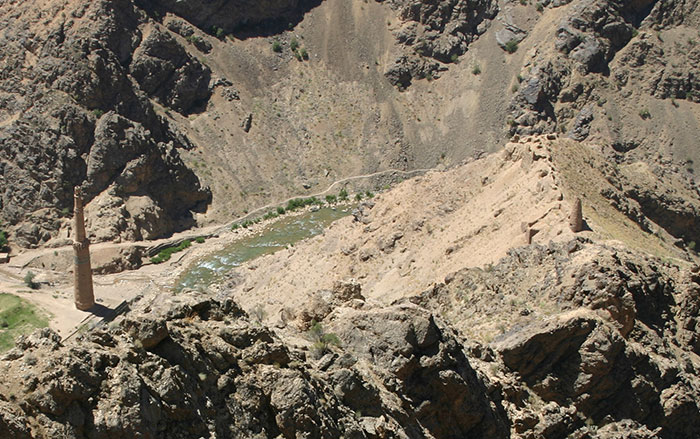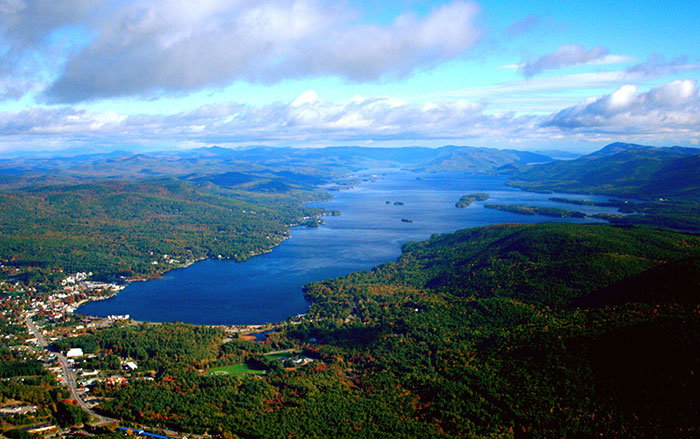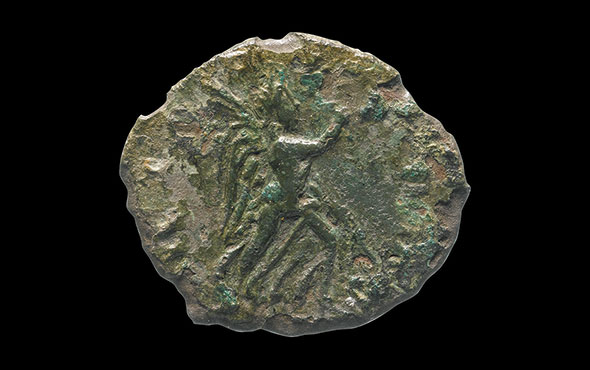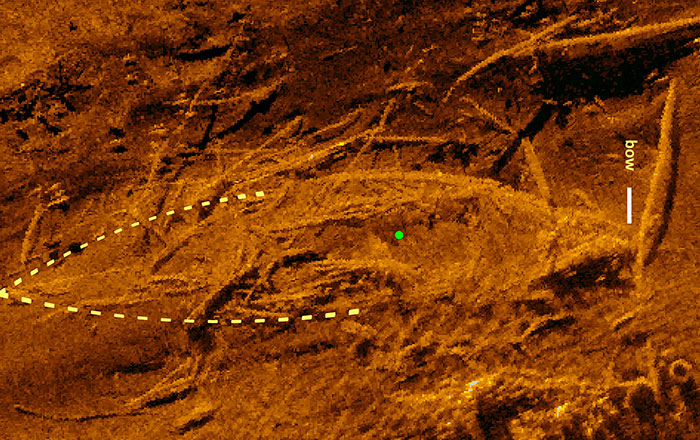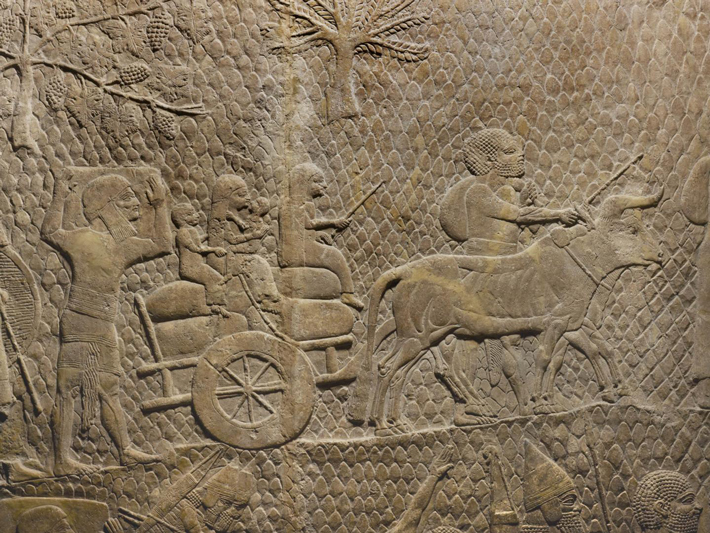
NEW HAVEN, CONNECTICUT—Scientists led by Ashish Sinha of California State University, Dominguez Hills, analyzed and dated mineral deposits in two stalagmites taken from northern Iraq’s Kuna Ba Cave and determined that the collapse of the Neo-Assyrian Empire in the seventh century B.C. coincided with a shift from a wet climate to a dry one, according to a report in The Guardian. Centered in what is now northern Iraq, the ancient empire stretched from modern Iran to Egypt and the Persian Gulf. The empire and its capital city, Nineveh, experienced higher than average levels of rainfall between 850 and 740 B.C., which encouraged the production of plentiful crops and the expansion of the empire. Megadrought conditions between 675 and 550 B.C., however, would have intensified the unrest caused by civil war, overexpansion, and military defeat. Sinha noted that modern droughts are at least as severe as these ancient ones. To read about a cache of cuneiform tablets found in Iraqi Kurdistan, go to "Assyrian Archivists."



